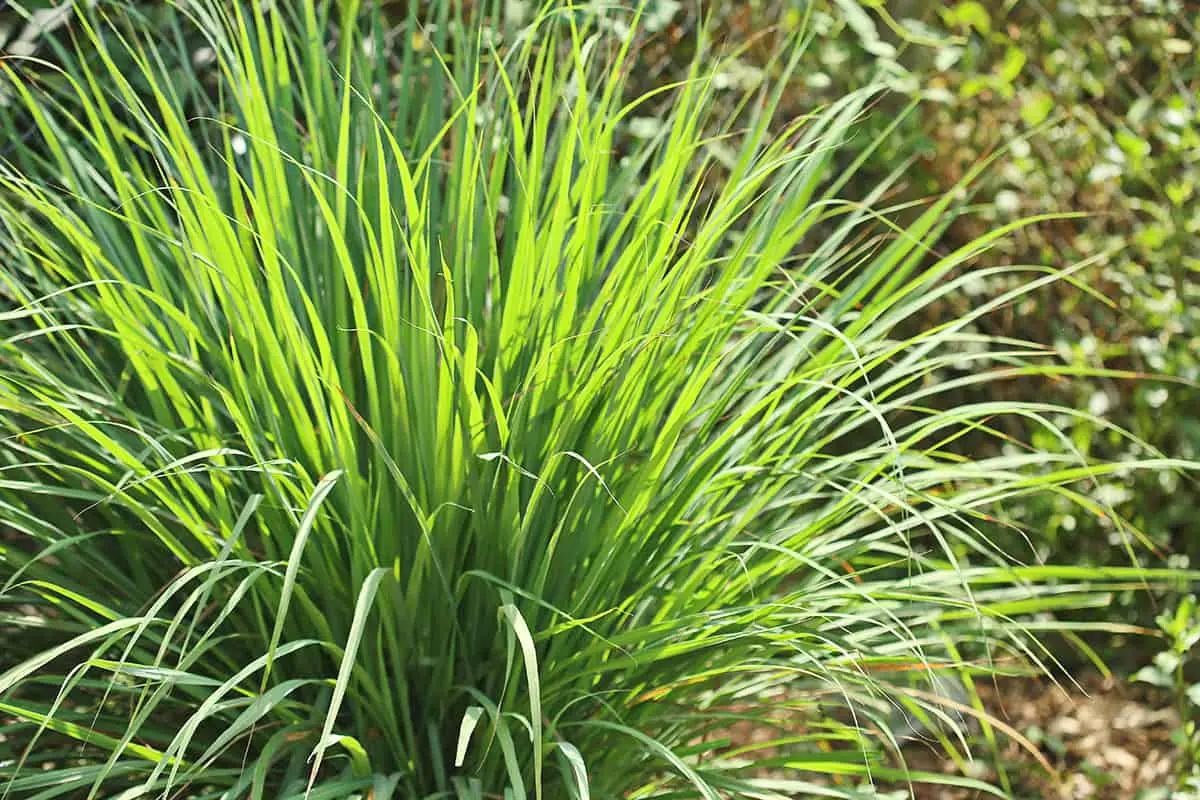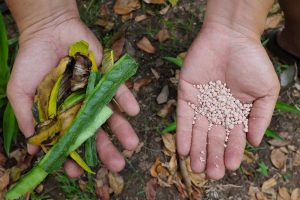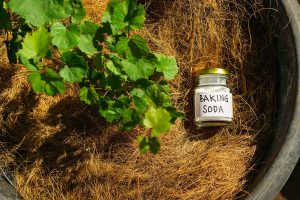You’re enjoying a peaceful afternoon in your garden when you suddenly spot a snake slithering through your flower beds. It’s an unsettling sight, and you wish there was a natural way to keep these uninvited guests at bay. Fortunately, certain plants can help deter snakes from your yard. Here are some effective snake-repellent plants that can help you maintain a snake-free garden.
Table of Contents
Marigold
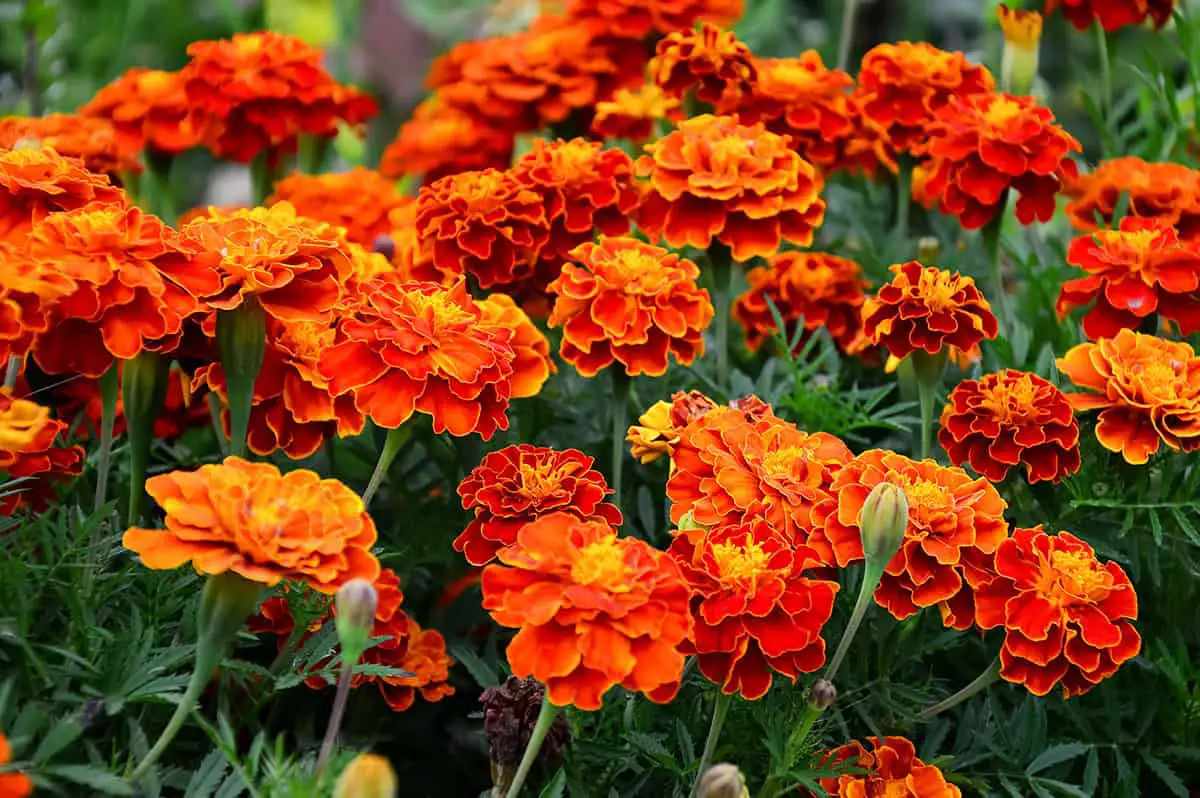
Marigolds are known to help repel snakes from your garden. These colorful plants contain a pungent odor that snakes find unpleasant. You can plant them around the perimeter of your garden or living space as a natural deterrent.
To plant marigolds, choose a location with full sun. They need well-drained soil to thrive. The ideal time to plant is after the last spring frost. Keep the soil moist, but avoid overwatering to prevent root rot.
Marigolds grow best at warm temperatures, between 65-75°F during the day, and slightly cooler at night. They germinate quickly, typically within a week, and bloom within 45 to 50 days after seeding.
Besides being a snake repellent, marigolds make excellent companion plants. They can improve the growth and health of other plants in your garden. Their bright blooms also attract beneficial insects while deterring harmful pests.
Lemongrass
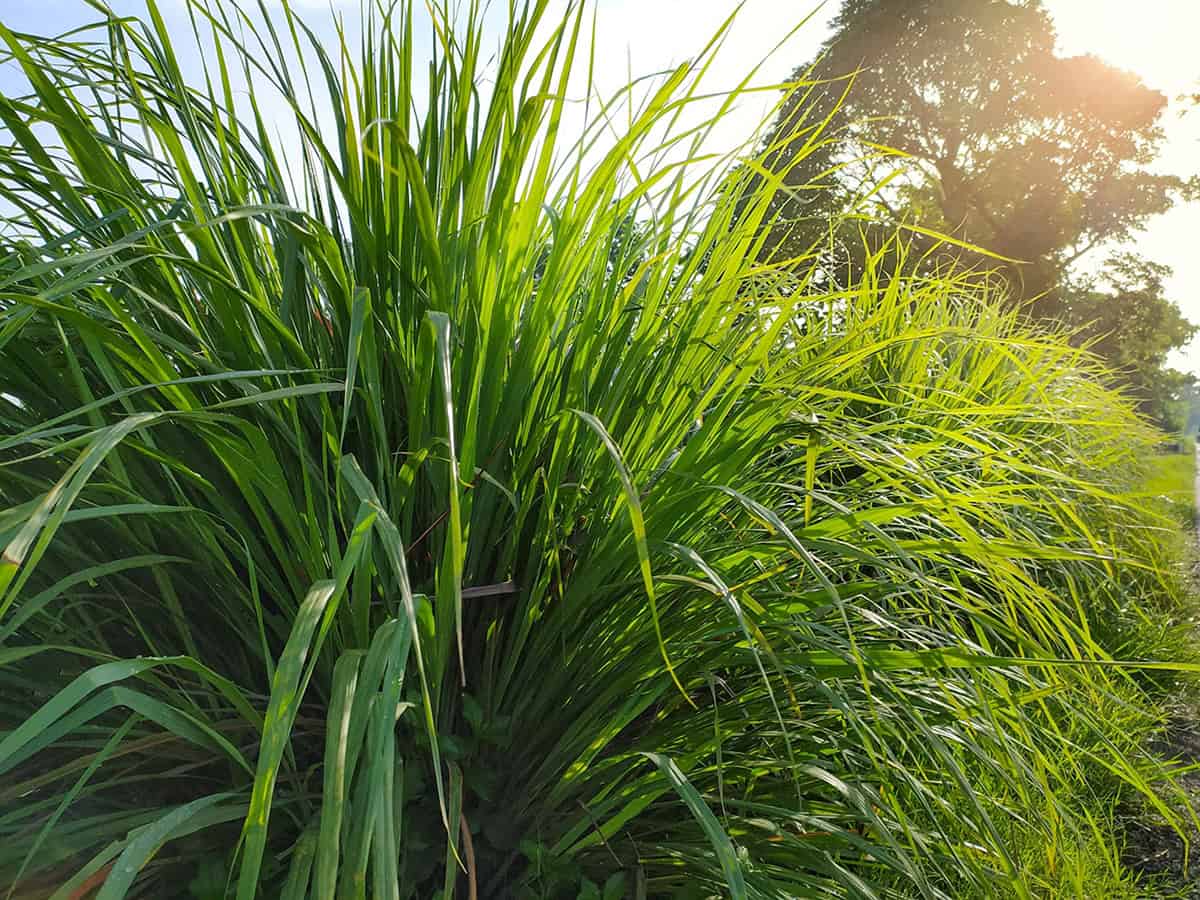
Lemongrass is a plant known for its snake-repellent properties. You can grow it in your garden to help deter snakes. It’s a tropical plant flourishing in warm and humid conditions. Its cultivation is simple, requiring ample sunlight and regular watering.
The plant emits a strong citrus scent that snakes find unpleasant. That’s why lemongrass is often considered a natural deterrent. You can place the plant around the perimeter of your property.
The essential oils in lemongrass, particularly citronella, are commonly used in repellents. This makes the plant not only useful for landscaping but also practical in your snake prevention efforts. For best results, you should plant lemongrass along with other repellent plants.
Ensuring lemongrass is part of your garden is a proactive step in minimizing the presence of snakes. It’s a natural and aesthetically pleasing way to contribute to a snake-free environment. Remember, while it helps, lemongrass alone may not be foolproof against snakes.
Garlic

Garlic can aid in deterring snakes from your garden. This plant is known for its strong scent. Snakes have a keen sense of smell, which the garlic’s aroma can overwhelm. When you plant garlic, its properties are released into the air and soil.
Chemical repellents in gardening can include garlic-based products. They are preferred for their natural components. These repellents work by taste or smell aversion, which is effective for various wildlife, including snakes. Garlic’s versatility in wildlife management is notable, and its use is widespread.
Onion

Onion plants may help in repelling snakes from your garden. The scent of onions is strong and could deter snakes. You can plant onions around the perimeter of your garden for this purpose. Their bulbs produce a potent smell upon being damaged or crushed, which snakes dislike.
When you plant onions, ensure they have enough space to grow. They need full sunlight to thrive. The soil should be well-drained and fertile. Regular watering helps onion growth, but avoid overwatering to prevent rot.
Onions belong to the Allium family. This group also includes garlic, a known snake repellent. Both onions and garlic add protective value to your garden. They can act as a natural barrier against snakes.
Remember, onions alone may not guarantee a snake-free zone. They are a deterrent. It’s wise to use them alongside other snake prevention strategies for better effectiveness.
Mother-in-law’s Tongue (Snake Plant)

Mother-in-law’s Tongue, often known as the Snake Plant, is not just a decorative houseplant. It’s believed to repel snakes. This plant has stiff, upright leaves with a pattern that resembles snake skin. Sometimes called Sansevieria, it’s a resilient plant. You can place it in your garden or home with ease.
The leaves of the Snake Plant grow vertically and have a waxy surface. The colors range from dark green to light gray-green. Some varieties also have yellow or white edges. This pattern may confuse or deter snakes.
Mother-in-law’s Tongue thrives in a variety of conditions. It can withstand low water levels and diverse light conditions. Keep your soil well-drained, and you’ll see this plant grow without much help. It’s ideal if you seek low-maintenance greenery.
West Indian Lemongrass

West Indian Lemongrass acts as a natural snake repellent. This plant has properties that snakes dislike. Your garden may benefit from this grass. It is known as a deterrent due to its strong citrus scent.
This variety of lemongrass can be easily grown. You need a well-drained, moist soil with rich organic content. Plant it in areas where you want to keep snakes away. The lemongrass thrives in warm climates but can also be grown in pots in colder regions.
Care for your West Indian Lemongrass is straightforward. The grass enjoys full sun and regular watering. Trim it periodically to maintain its shape. This also helps to release more of the scent that repels snakes.
Including West Indian Lemongrass in your landscape helps deter snakes. It is an effective, natural choice. Plus, you can use it in your kitchen as a culinary herb. Its leaves add a fresh, lemony flavor to dishes.
Andrographis Paniculata
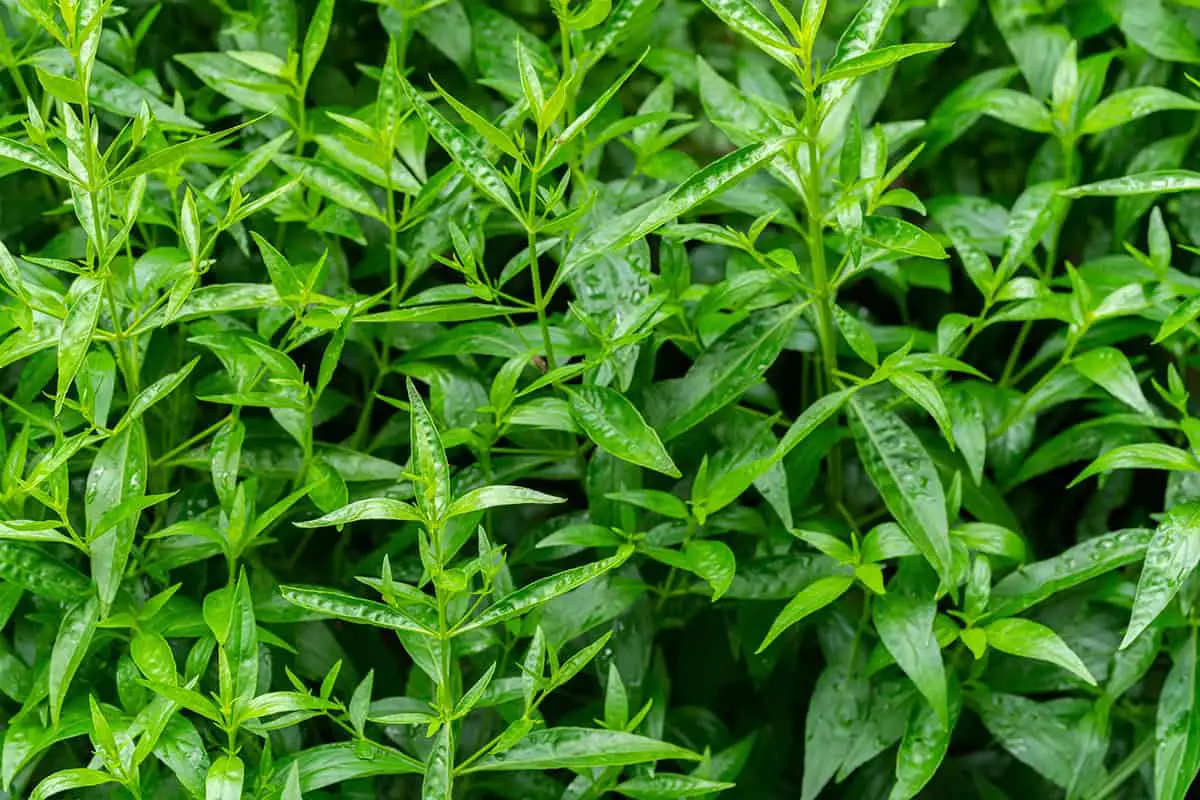
Andrographis paniculata is a plant you might want to consider if you’re looking for natural ways to repel snakes from your garden. Also known as the ‘King of Bitters’, this herb is part of the Acanthaceae family. It’s native to India and Sri Lanka but also grows in other parts of Asia.
This plant’s medicinal properties extend to being potentially useful in deterring snakes. Its leaves and roots contain compounds that can be uninviting to these reptiles. Andrographis paniculata has a notably sharp, bitter taste, which could be a reason for its repellent effect on snakes.
You can plant Andrographis paniculata around the perimeter of your garden or near areas where snakes might be a problem. The plant’s mere presence may help discourage snakes from entering the area due to its intense aroma and taste. Moreover, it’s a hardy species that can thrive in a variety of soil conditions and is resilient to pests, adding to its suitability as a protective garden plant.
Remember: While Andrographis paniculata has properties suggesting it could be used as a snake repellent, its effectiveness is not guaranteed. It should be part of a larger strategy for managing snakes and other pests in your garden. It’s always best to pair such natural solutions with other preventive measures for better results.
Indian Snakeroot

Indian Snakeroot is a traditional plant known for its reputed potential to repel snakes. Its scientific name is Rauvolfia serpentina, and it grows naturally in the Indian subcontinent. Recognized for centuries, the use of Indian Snakeroot for its medicinal properties extends well beyond snake repellence.
You will find this plant has various uses in traditional medicine. Its roots contain potent alkaloids, one of which is reserpine. This has been used to treat high blood pressure and mental disorders. Though it has medicinal benefits, Indian Snakeroot must be used with caution.
Incorporating Indian Snakeroot as a protective measure in gardens can be beneficial. This is due to the belief that snakes avoid areas where it grows. However, it is crucial to handle the plant safely. Always seek expert advice before using it for any purpose.
For your understanding, note that evidence on the efficacy of snakeroot as a snake repellent is anecdotal. There is limited scientific research to fully endorse its use for this purpose.
Mugwort
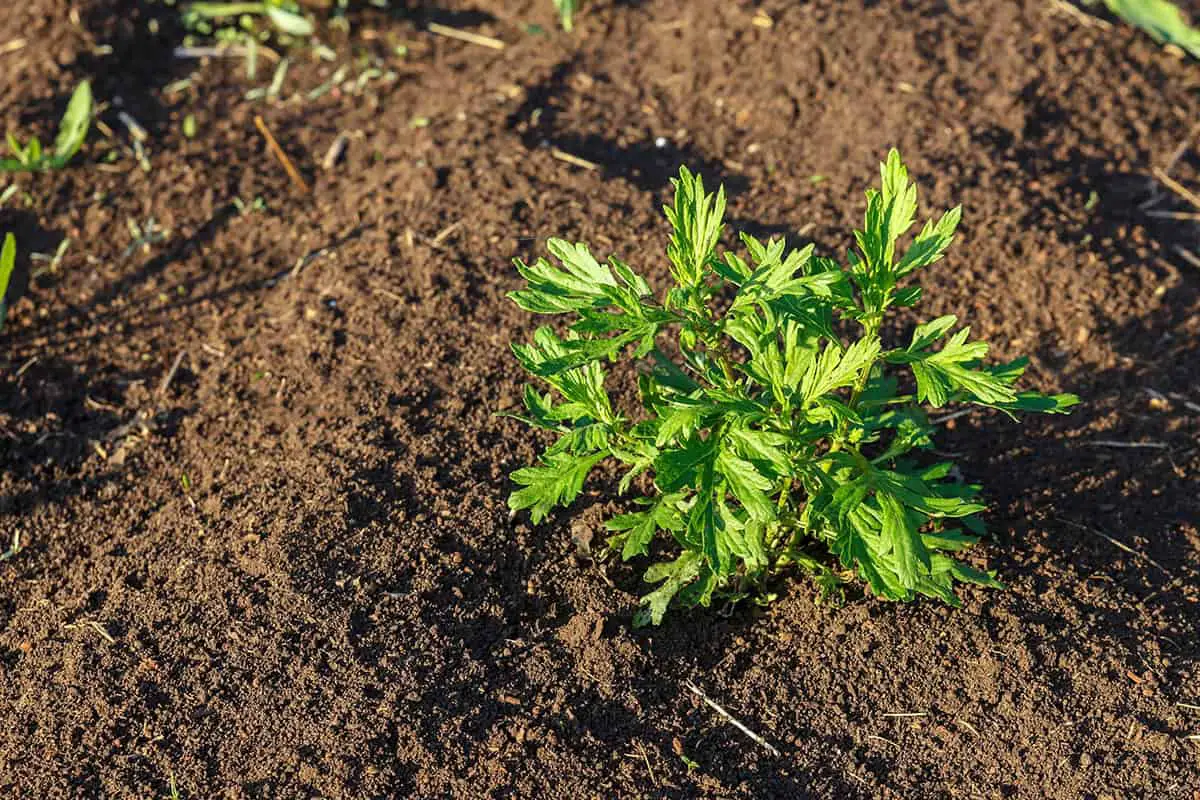
Mugwort is a plant that you might consider if you’re looking to repel snakes from your garden. As an invasive species, its spread is extensive, and it has a distinct presence in North America. You can recognize mugwort by its aromatic leaves. These leaves emit a strong scent that is believed to deter snakes.
In your garden, mugwort grows quickly due to its rhizome-based root system. This quick growth can be both a blessing and a challenge. While it may help in repelling snakes, the plant’s invasive nature makes it hard to control. It can reach a height of up to 4 feet and is known for its resilience, even when mowed.
The use of mugwort is multifaceted. Apart from its potential as a snake repellent, it has been employed in insect repellents and was historically used for medicinal purposes. However, take caution as its pollen can cause allergic reactions in some people.
When handling mugwort, wear gloves and be aware of its invasive potential in your garden. You may need to manage its spread to prevent it from overtaking other plants.
Wormwood
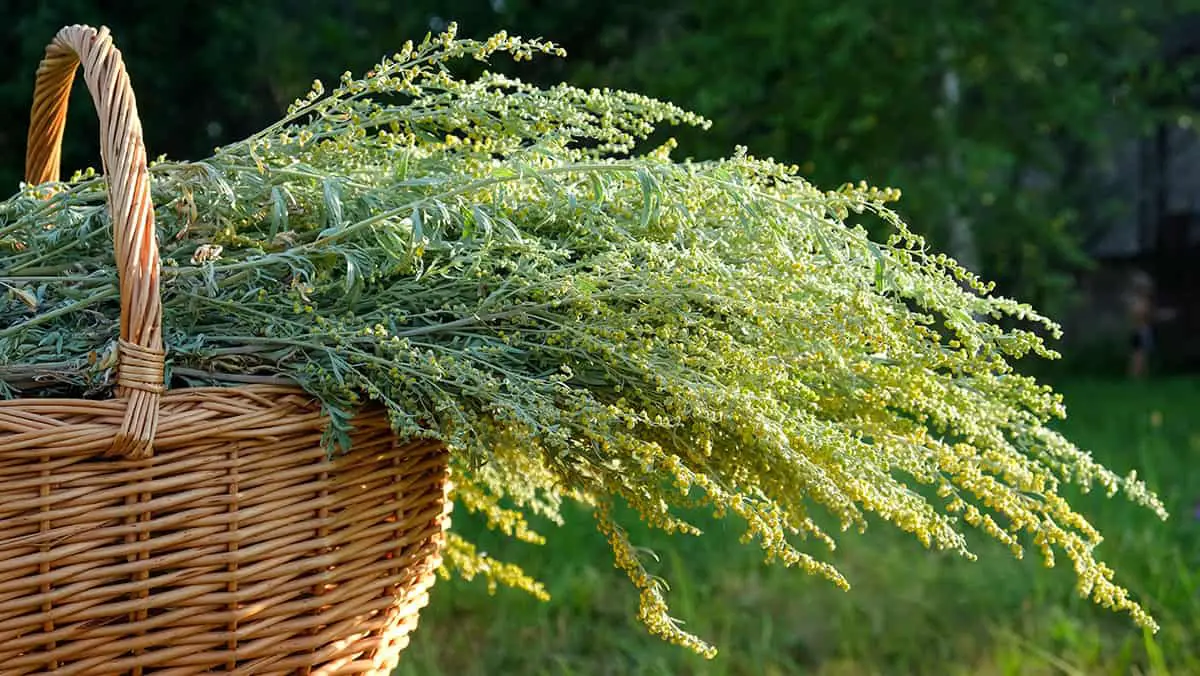
Wormwood plants are known for their snake-repellent properties. You can grow it in your garden to deter snakes. The plant features a bitter scent and taste that snakes avoid. Its botanical name is Artemisia, and it is part of the Asteraceae family.
The leaves of wormwood are silver-colored and have a unique texture. This perennial grows well in full sun. It can reach up to 5 feet in height. When caring for wormwood, watch out for fungal diseases affecting the stem and leaves.
While wormwood is ornamental, it has some toxicity. Always handle it with care, and be aware of its low-level poison characteristics. It can become a weed if not managed properly, especially in disturbed areas.
To ensure the best growth, provide wormwood with proper drainage and space. This will help it become a robust plant in your anti-snake strategy. Remember, the scent acts as a natural deterrent, making your garden less appealing to snakes.
Society Garlic
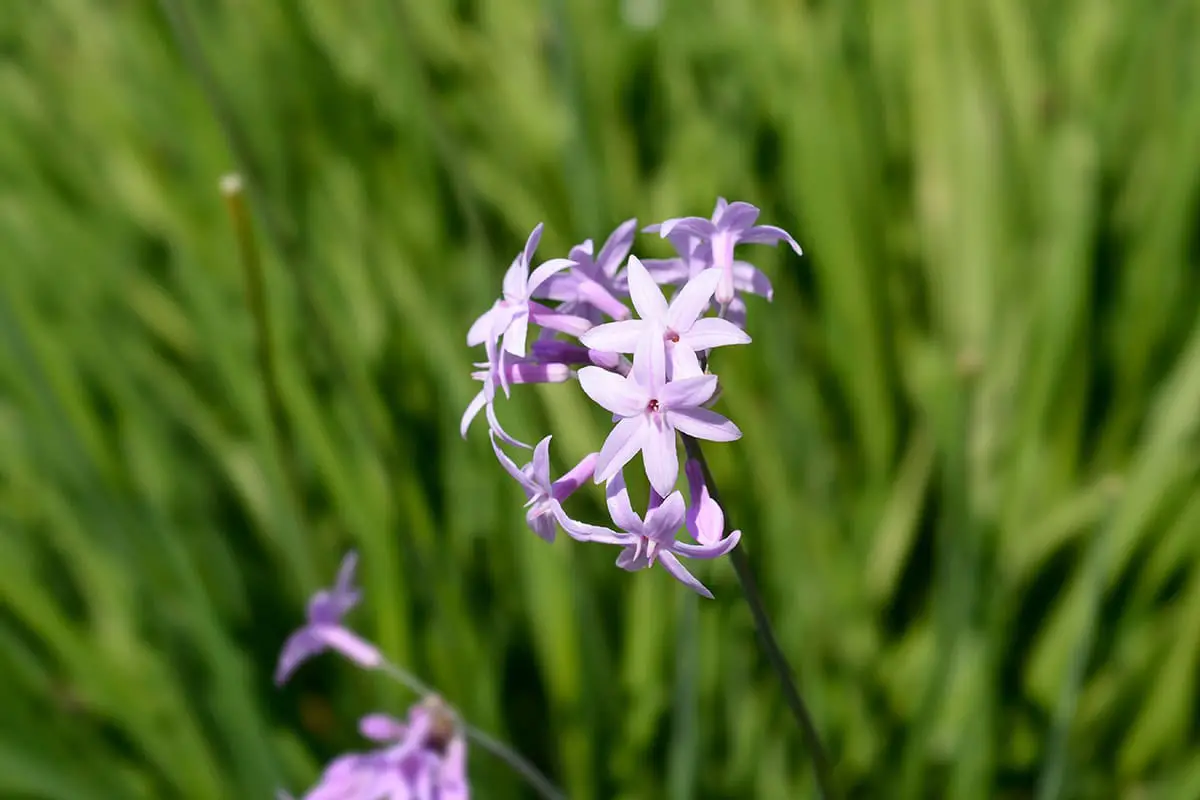
Society Garlic is your friendly neighborhood plant for deterring snakes. Its strong garlic scent keeps these reptiles at bay. This perennial offers both ornamental and repellent uses. It’s a robust option for your garden, featuring narrow leaves and lilac flowers.
The plant grows in clumps and prefers well-drained soil. It thrives in full sun but can tolerate partial shade. You’ll love Society Garlic for its drought resistance. Plus, its blooming season stretches long, providing prolonged protection.
Remember to handle this plant with care. Although its leaves give off a garlic aroma when crushed, they offer an aesthetic charm unspoiled in your garden. The purple blooms add a splash of color to your greenery. You’ll appreciate its dual function, both as a snake-repellent and a flowering plant.
Society Garlic adapts well in containers, making it perfect for patios. It also blends seamlessly into flower beds.
Sarpagandha
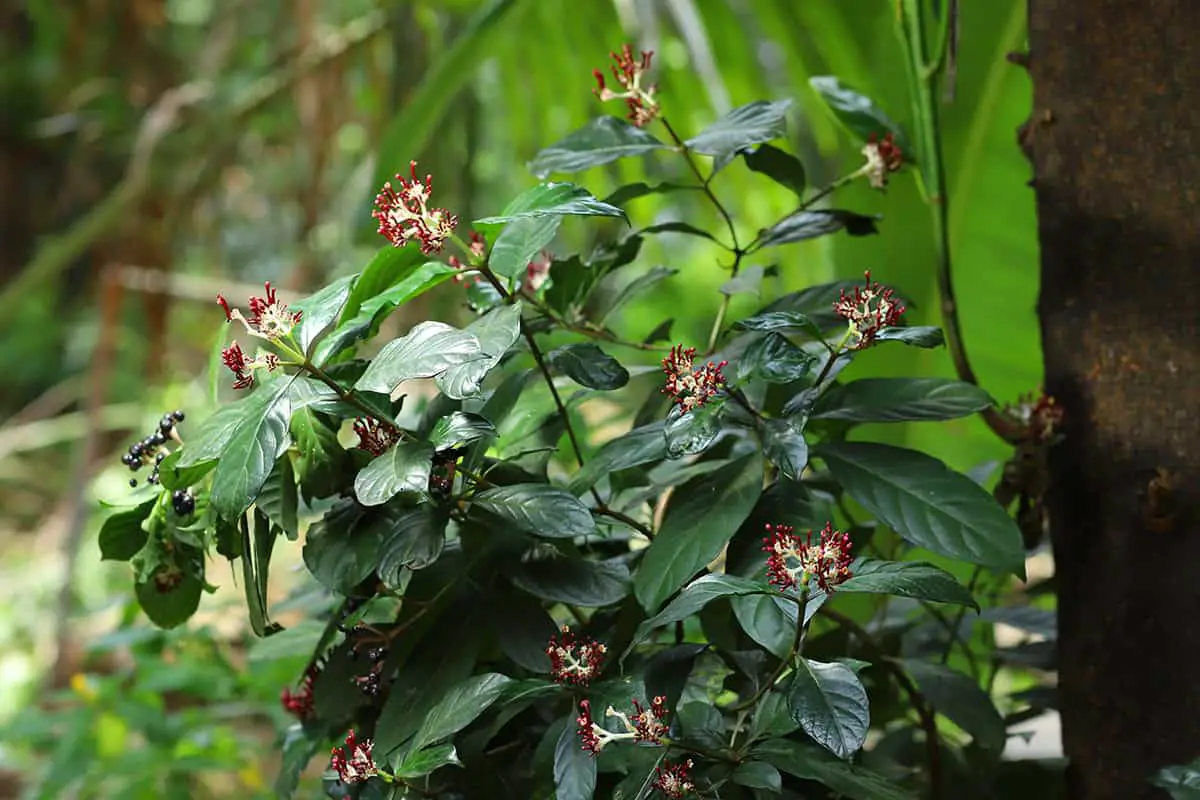
Sarpagandha is a plant known for its potential to repel snakes. This plant, Rauvolfia serpentina, has historical significance in Ayurvedic medicine. You can identify Sarpagandha by its small, woody structure. It grows perennially and has been used traditionally to treat various medical conditions.
The roots of Sarpagandha contain numerous alkaloids. These are compounds that contribute to its medicinal properties. The most notable alkaloid is reserpine. Studies have indicated that its therapeutic uses include the treatment of hypertension.
You might find the plant’s flowers to be white or pinkish, presenting a cluster formation. It is native to South Asia, thriving in tropical climates. If you’re considering Sarpagandha for snake repellency, ensure it suits your local environment.
Tea Tree
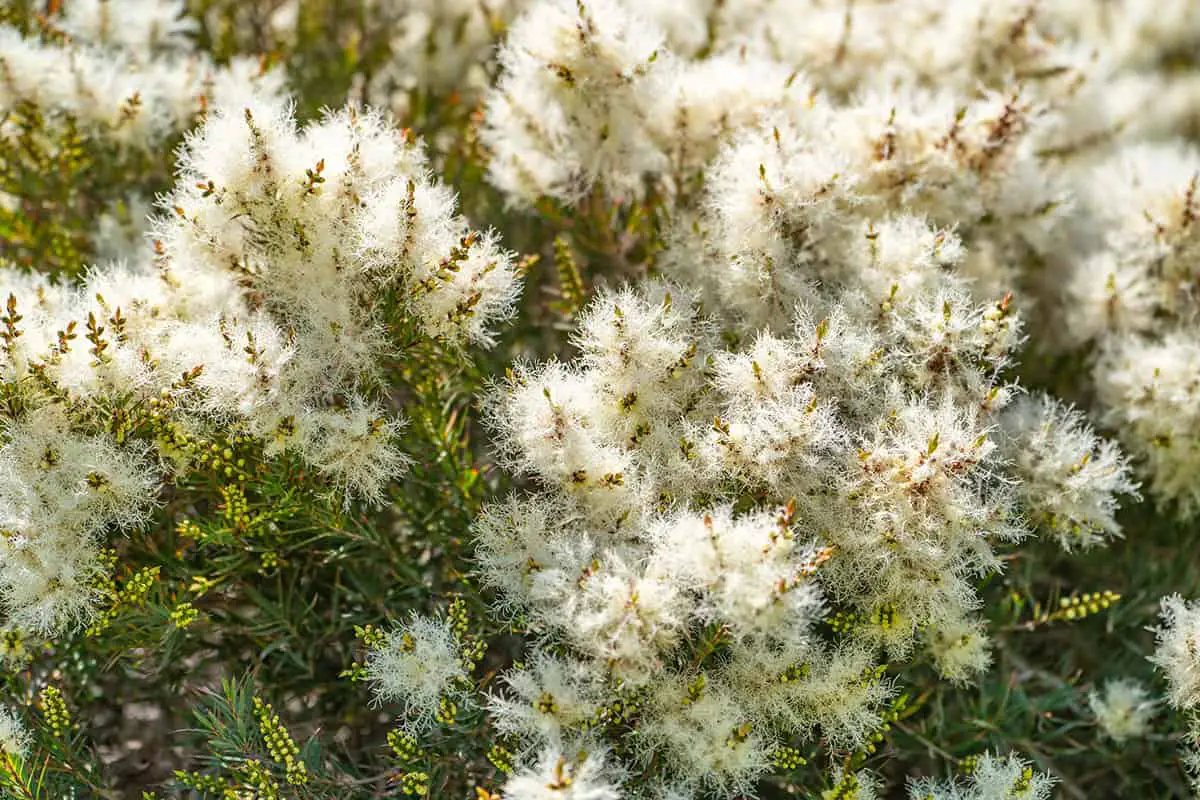
Tea tree plants possess qualities that may deter snakes from your garden. Originating from Australia, the tea tree, or Melaleuca, is known for its strong scent. This aroma comes from the essential oils in the leaves. Snakes rely on their sense of smell to navigate, and the potent scent of the tea tree can confuse them.
Incorporating tea tree into your landscaping can create an olfactory barrier. You can plant these trees around the perimeter of your garden. Remember, for a more robust scent, you might need to bruise the leaves to release more oil.
When planting tea trees, choose locations with enough space for their growth. Mature tea trees can reach up to 15 meters in height, with a tendency to spread wide. Ensure that you give them room to grow without crowding other plants. Regular pruning keeps the tree manageable and encourages a fuller shape.
It’s important to note that the effectiveness of snake-repelling plants, including tea tree, is not backed by scientific evidence. However, they can be a part of a broader strategy to discourage snakes from your space.
Eucalyptus

Eucalyptus plants are known for their repellent properties against snakes. They carry a strong scent that snakes find unpleasant. This makes eucalyptus a potential deterrent for these reptiles. You can grow eucalyptus trees or large shrubs in your garden to help keep snakes away.
The leaves of eucalyptus contain oils that produce a potent aroma. When you crush these leaves, the smell intensifies. You can use this to your advantage by planting eucalyptus around the perimeter of your yard. For best results, maintain healthy eucalyptus plants, as they release more scent when thriving.
Care for eucalyptus involves regular watering and full sun exposure. They prefer well-drained soils and can tolerate drought once established. Pruning helps to manage their size and shape, enhancing the garden aesthetics. It’s worth noting that some eucalyptus species are considered invasive, so choose your plants carefully.
Though not a guaranteed solution, incorporating eucalyptus can be part of your overall strategy for snake management. Combine this with other methods for a more robust approach.
Vetiver
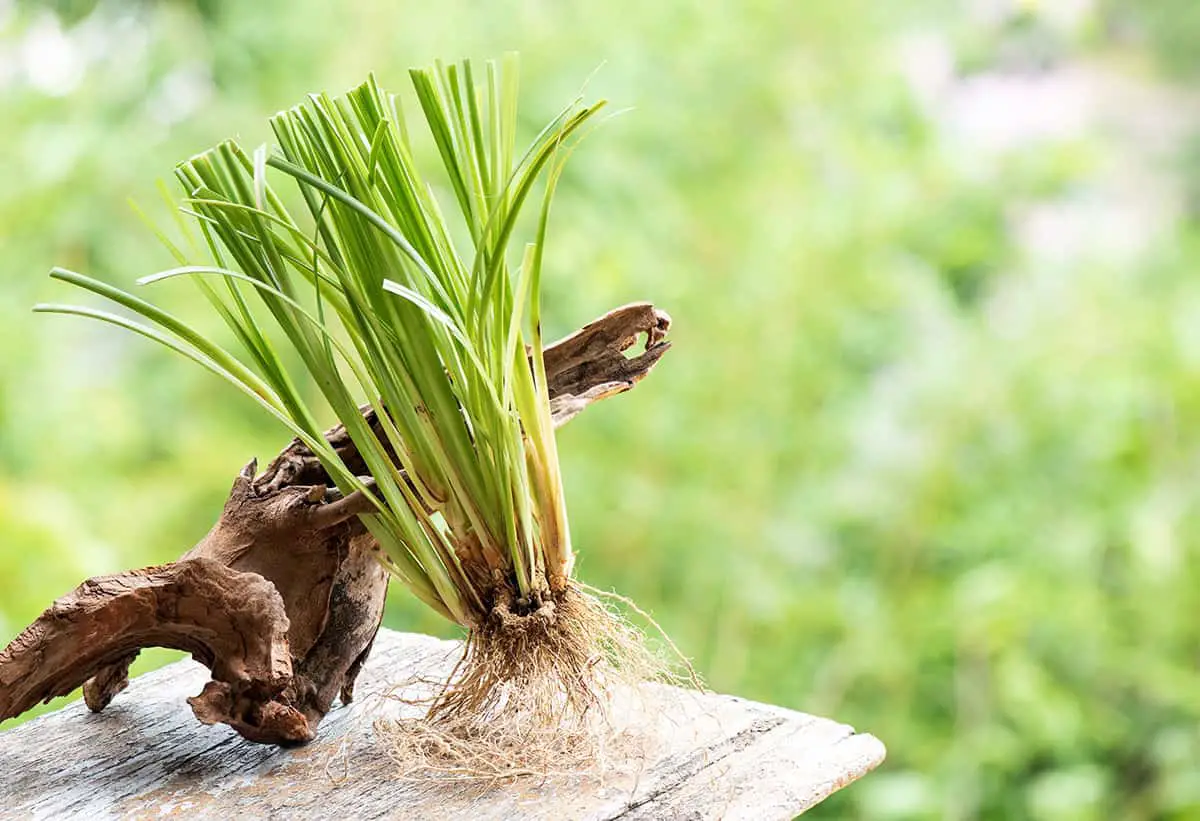
Vetiver is a hardy grass known for its snake-repelling properties due to its strong aroma. It thrives in various climates, extending well beyond its tropical origins. You might find vetiver particularly potent in its essential oil form, which can be integrated into natural insect-repellent strategies.
This grass has a unique morphology that makes it suitable for controlling erosion on steep slopes. Its dense root system holds the soil firmly, reducing the likelihood of landslides. Vetiver’s adaptability allows it to grow in a wide range of environmental conditions, even at latitudes of 40ºN as evidenced in China.
In addition to its soil-stabilizing abilities, vetiver is used in water treatment applications. It has proven effective in wetland conditions due to its high water use rate. This characteristic contributes to making your surroundings less conducive to snakes, who may be attracted to water sources.
In Indonesia, sustainable vetiver essentials production has spurred a craft industry. Vetiver grass applications extend to aromatic home items such as mats and soaps. These products not only serve a practical purpose but can also keep your home smelling fresh and potentially deter snakes.
By planting vetiver in your garden or using its by-products, you contribute to an eco-friendly practice. Vetiver is a low-maintenance plant, which means you can care for it with minimal effort once established. It offers a natural solution to keep snakes at bay without harming the environment.
Pink Agapanthus

Pink Agapanthus is known for its striking blooms. In your garden, this plant can add a splash of color and possibly deter snakes. Its botanical name Agapanthus means “flower of love” from the Greek words ‘agape’ and ‘anthos’. The Pink Agapanthus thrives in hardiness zones 7 through 10, as noted by university research.
You should plant your Agapanthus in well-draining soil. Make sure it gets full sun to partial shade for optimal growth. When the flowers blossom, they bring a long bloom season, which various university horticulture sites confirm.
While no plant is scientifically proven to repel snakes completely, some gardeners use Pink Agapanthus for its potential as a repellent. Its lush foliage and dense growth may deter snakes from passing through.
Japanese Mint
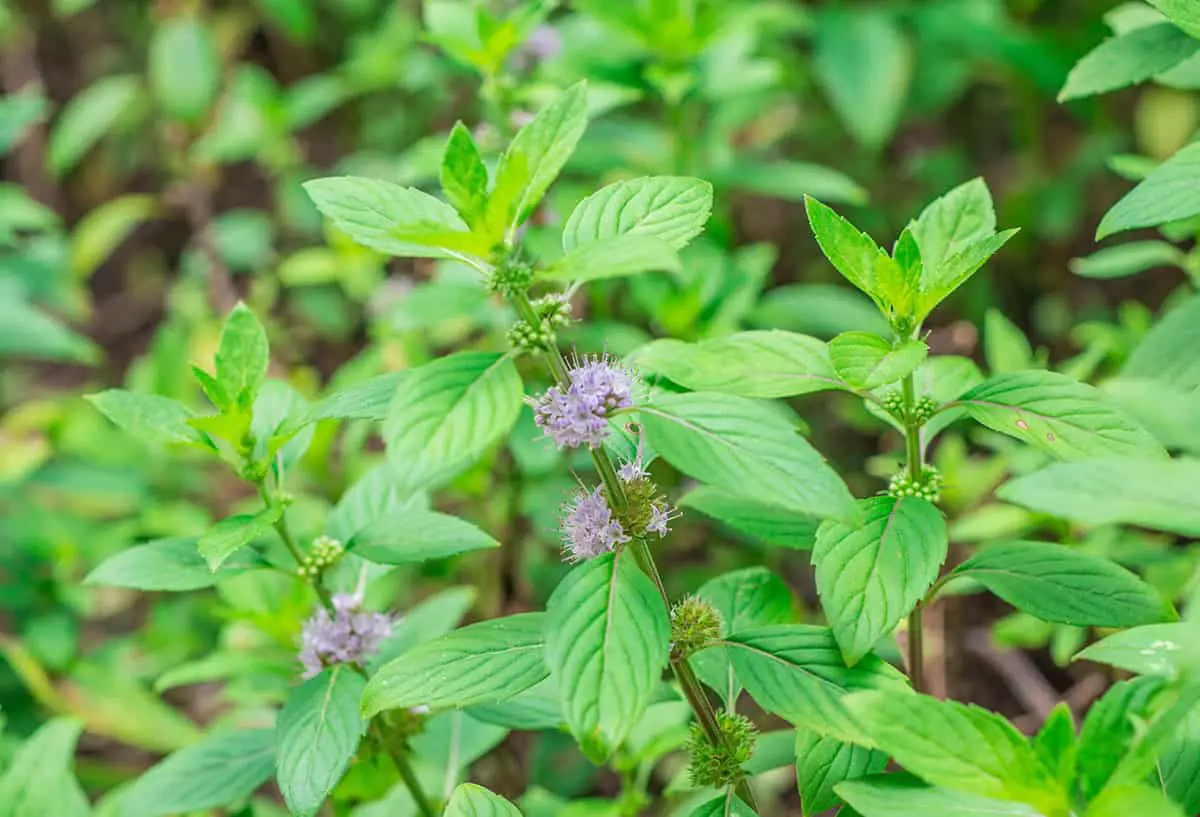
Japanese Mint is a plant you might consider for its snake-repelling properties. It’s a strong-scented herb which is thought to deter various pests, including snakes. Growing this plant can add a level of protection to your garden areas.
The aroma of Japanese Mint acts as a natural barrier. It can create an unwelcoming environment for snakes seeking a habitat. By planting it around the perimeter of your garden, you harness its scent as a defensive tool.
This mint variety requires minimal care. You need well-drained soil and regular watering, particularly during dry spells. This resilience makes it a suitable choice for gardeners of all levels.
Including Japanese Mint in your landscape offers dual benefits. It enhances your garden aesthetics while also leveraging its repellent nature. Make sure to situate this plant where you need protection the most.
Rue
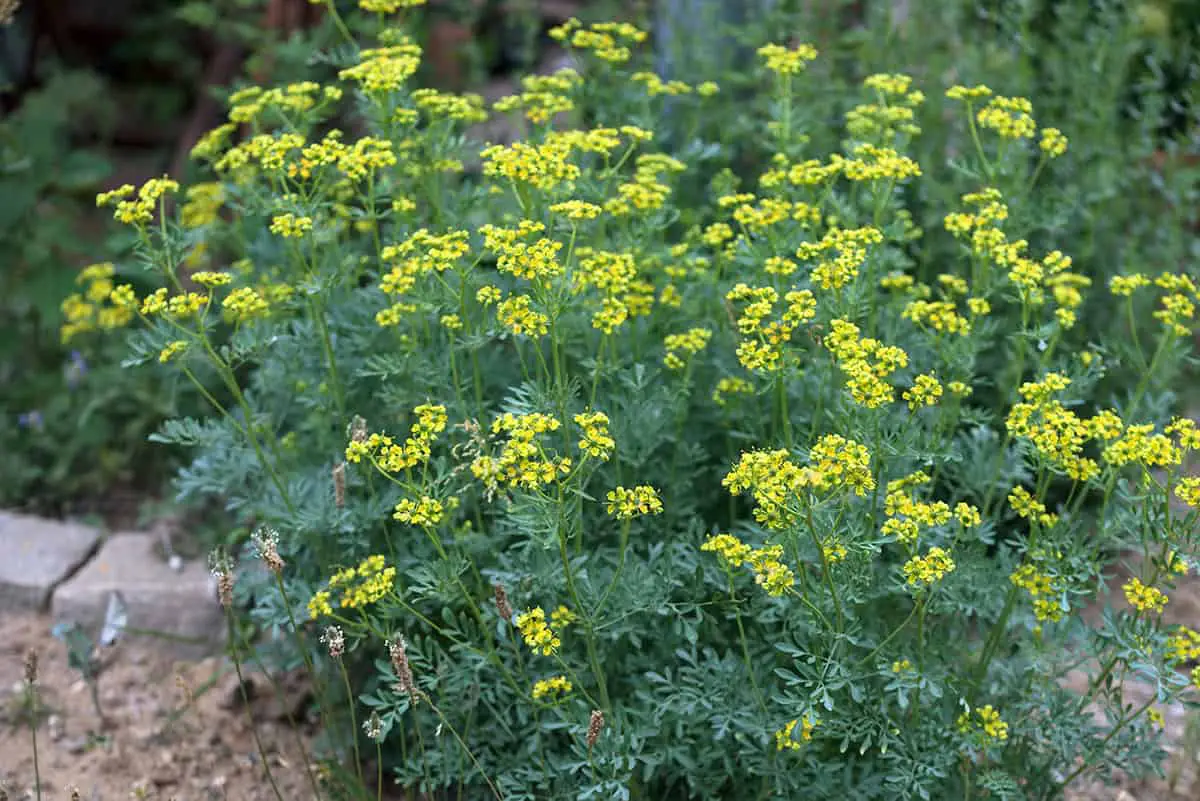
Rue, also known as Ruta graveolens, is often discussed for its snake-repellent properties. It is an ornamental subshrub that you might find useful in your garden. The strong scent of rue is offensive to snakes. By planting rue around your home, you can create a natural barrier against these reptiles.
Rue thrives best in full sun to slight shade. Ensure you space the plants 2-3 feet apart. This allows them to grow to their full size, which is about 2-3 feet in height and width. The leaves of rue are fern-like, evergreen, and emit a pungent aroma when bruised.
Despite its benefits for repelling snakes, handle rue with care. The plant contains compounds that can be toxic. If you have sensitive skin, you should wear gloves when working with rue to avoid irritation.
Mexican Marigold

Mexican Marigold stands out in the world of snake-repellent plants. This plant has a repelling effect on various pests, including insects and small mammals. Its strong scent is the key. It can deter pests and is thought to be particularly effective against snakes.
Tagetes lucida, known as Mexican Marigold, originates from Mexico and Central America. You can identify this plant by its vibrant yellow flowers. It thrives in full sun and well-drained soil. The plant is also recognized for its low severity poison characteristics which contribute to its repellent properties.
In addition to repelling snakes, Mexican Marigolds have other uses. You might find them beneficial for repelling insect pests in your garden. Cultivated widely, their bright flowers are not just pretty to look at. They create a protective barrier for your vegetables and flowers.
When you plant Mexican Marigolds, you take a natural approach to pest control. Place them around your garden’s perimeter. This positioning forms a natural defense against snakes. Remember to handle them with care, as all parts of the plant can be toxic if ingested.
